Ephemeral Elegance: The Dissipation of a Cloud
Throughout the history of our Earth, countless clouds have populated our sky, so it is not surprising that in our hectic daily lives, a glance at the sky is often considered a waste of time. Clouds usually only attract our attention when they are perceived as spectacular or threatening. Few people take the leisure to examine a single cloud in the sky closely. Yet, the impressive metamorphosis of each cloud is a unique masterpiece of nature that tells a story of beauty and transience.
Clouds are ephemeral and subject to constant change. In the following image series "PERIOD OF TIME 06:06.973", a series of eight images, it takes exactly six minutes, six seconds, and 973 thousandths of a second from the moment of first sighting to the complete dissolution of the cloud.
Yet, the impressive metamorphosis of each cloud is a unique masterpiece of nature that tells a story of beauty and transience. This disappearance of a cloud is a fascinating process in physics and meteorology that is based on the amazing interaction of temperature, humidity and air pressure. Each individual cloud is made up of tiny water droplets or ice crystals floating in the atmosphere. Reflection and scattering of light make the cloud particles visible. As the air becomes warmer or drier, the cloud particles evaporate and the cloud dissipates.
The fleeting cloud, which appears for a moment and then dissipates in the vastness of the sky, ultimately becomes a metaphor for our lives. In its brevity, it reflects the transience of human existence and urges us to appreciate the present moment.
Copyright © Robert Schlaug , all rigts reserved
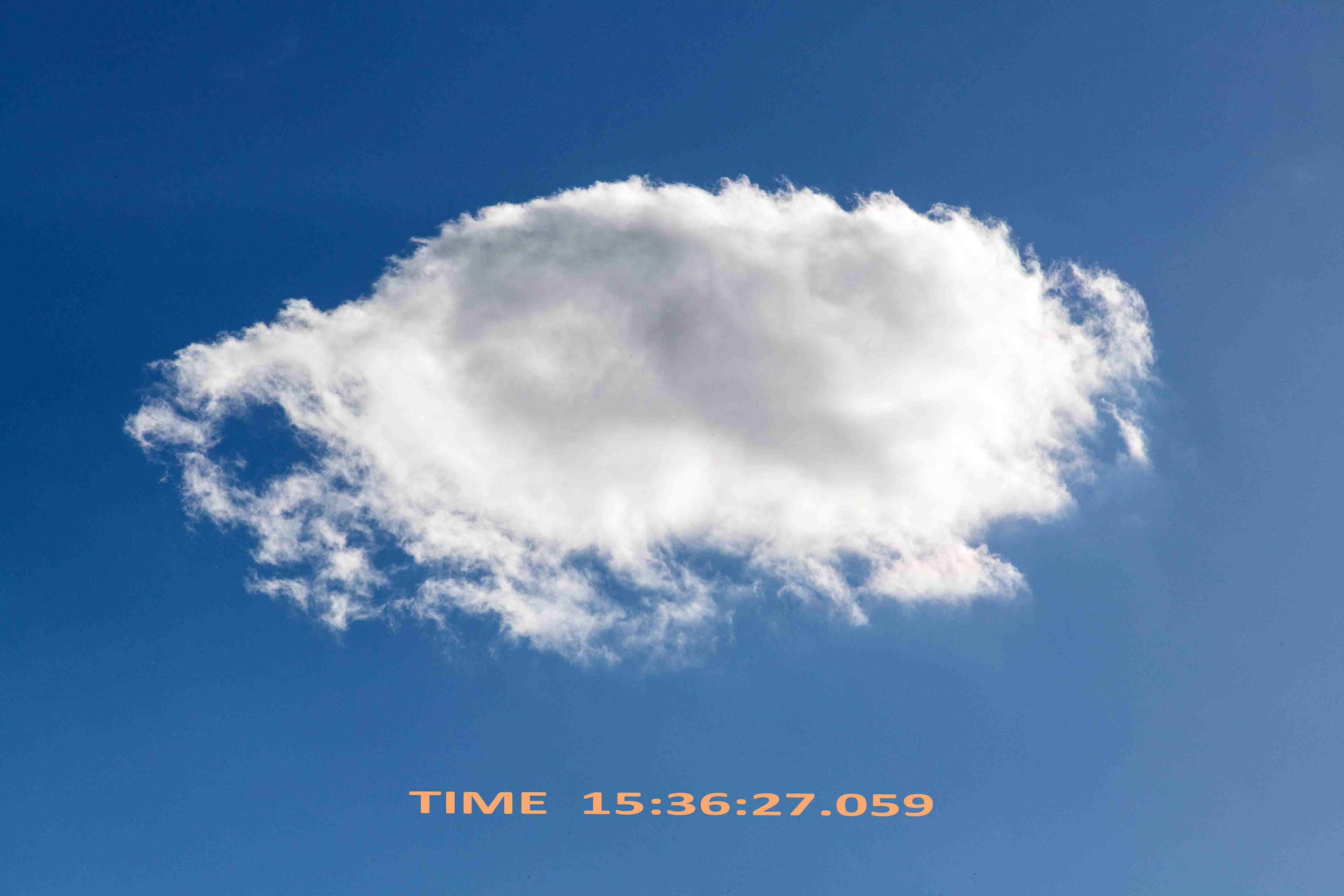
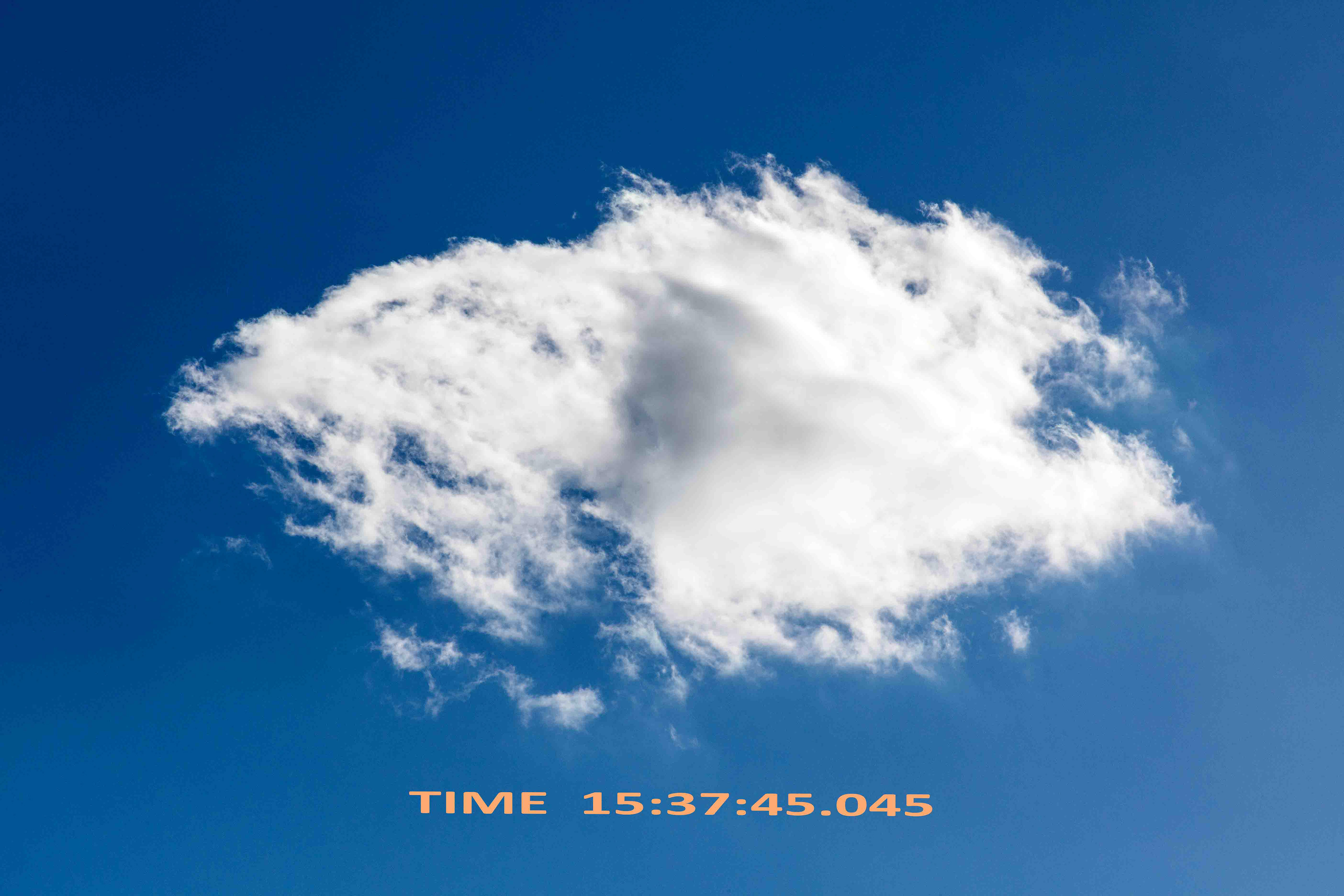
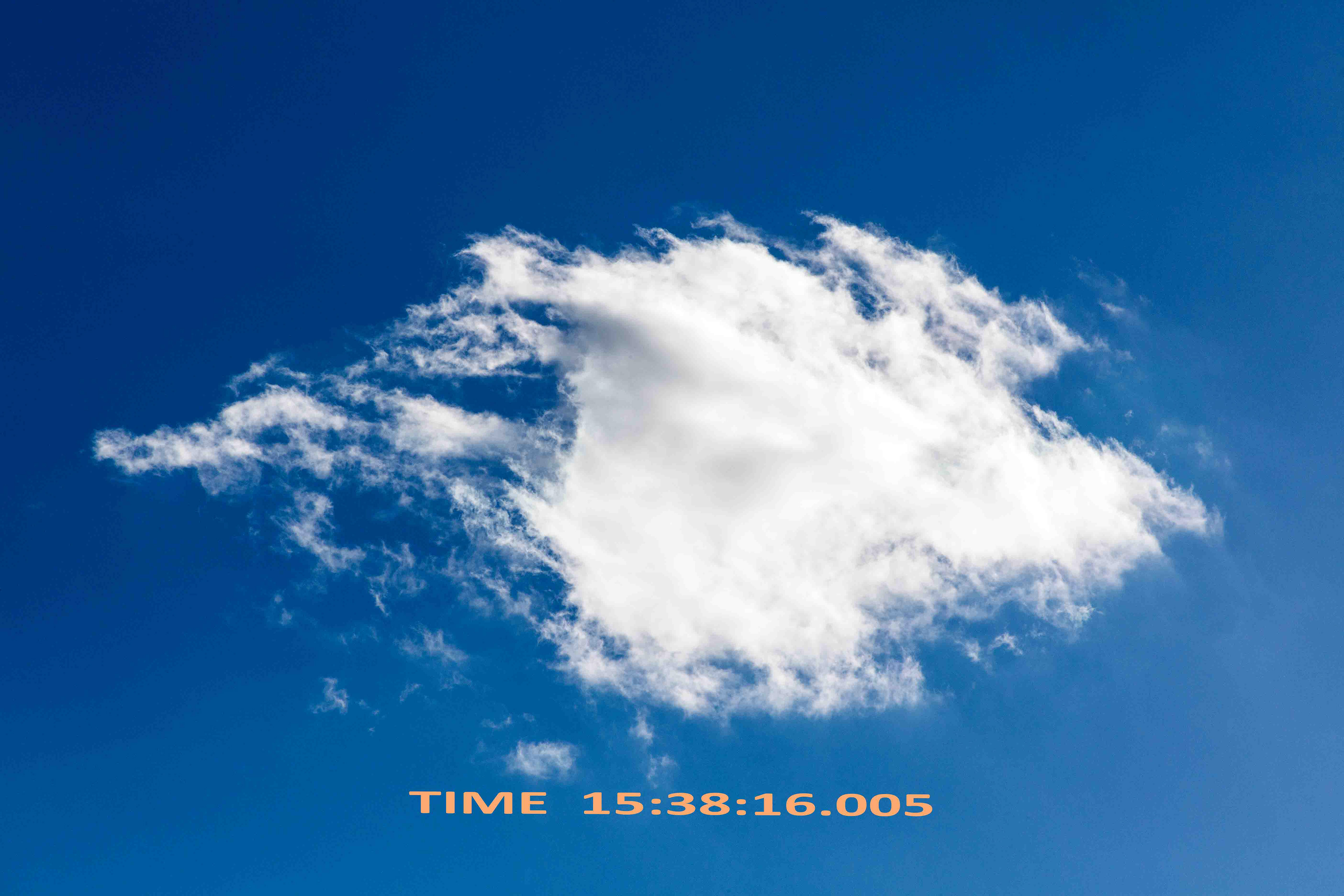
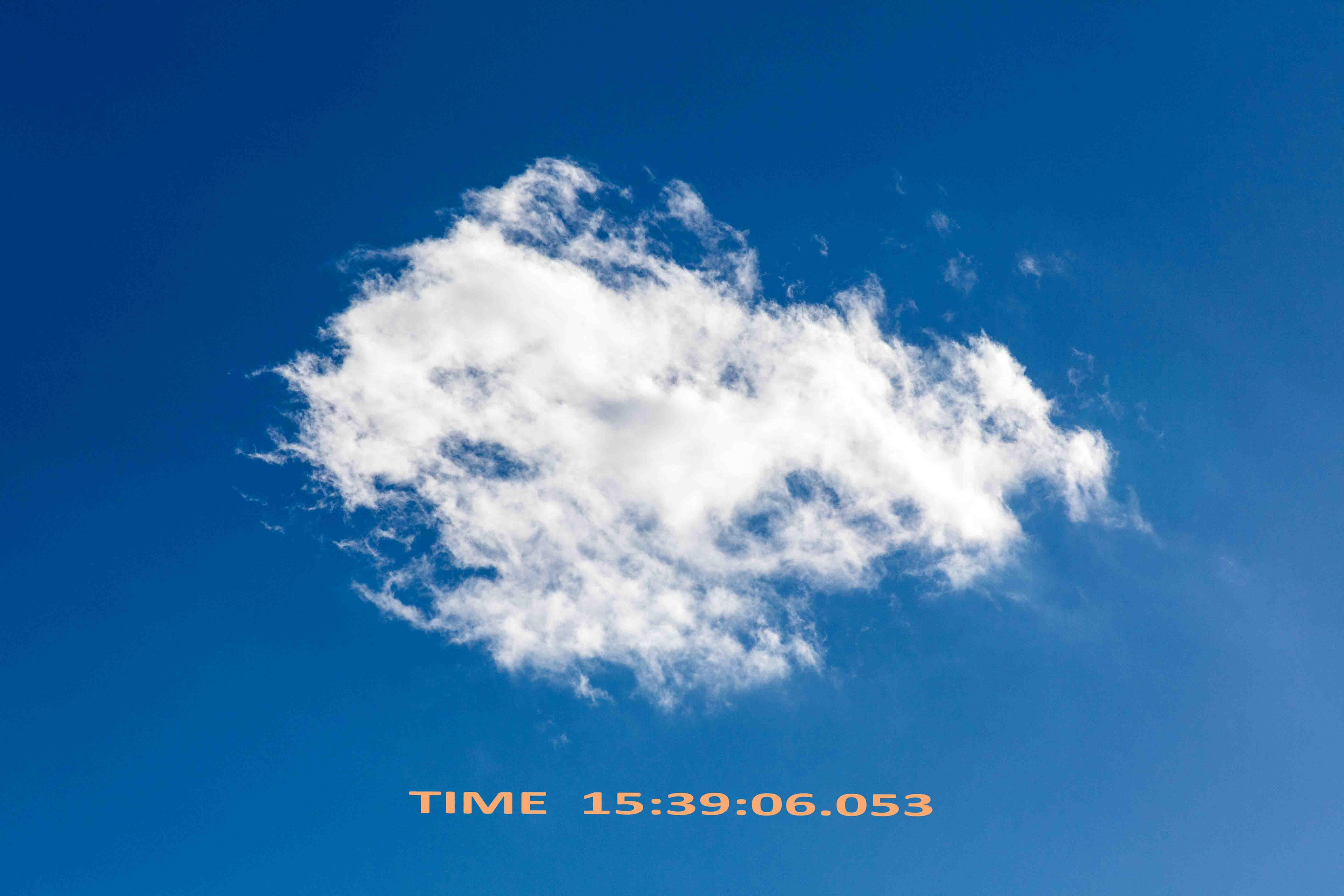
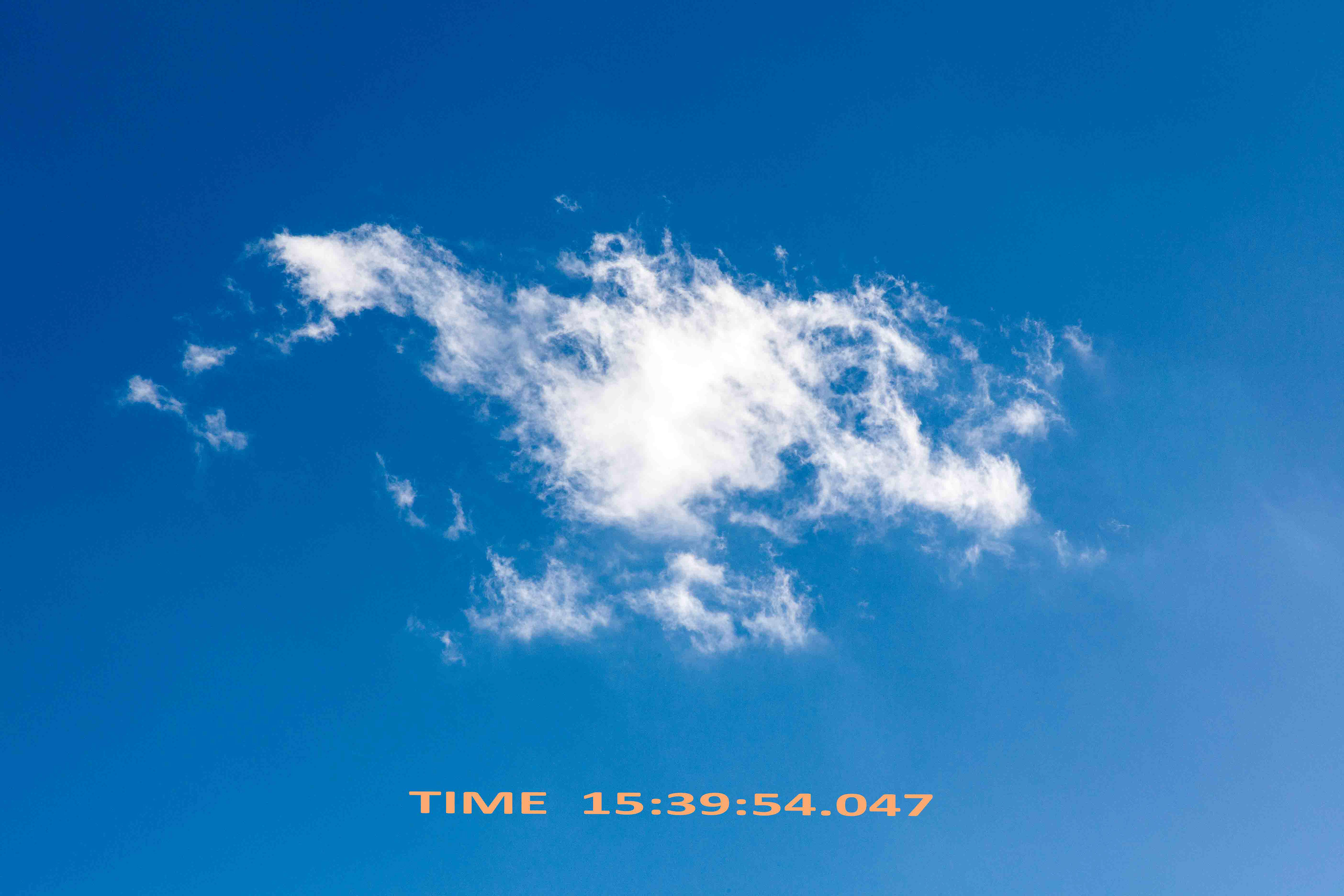
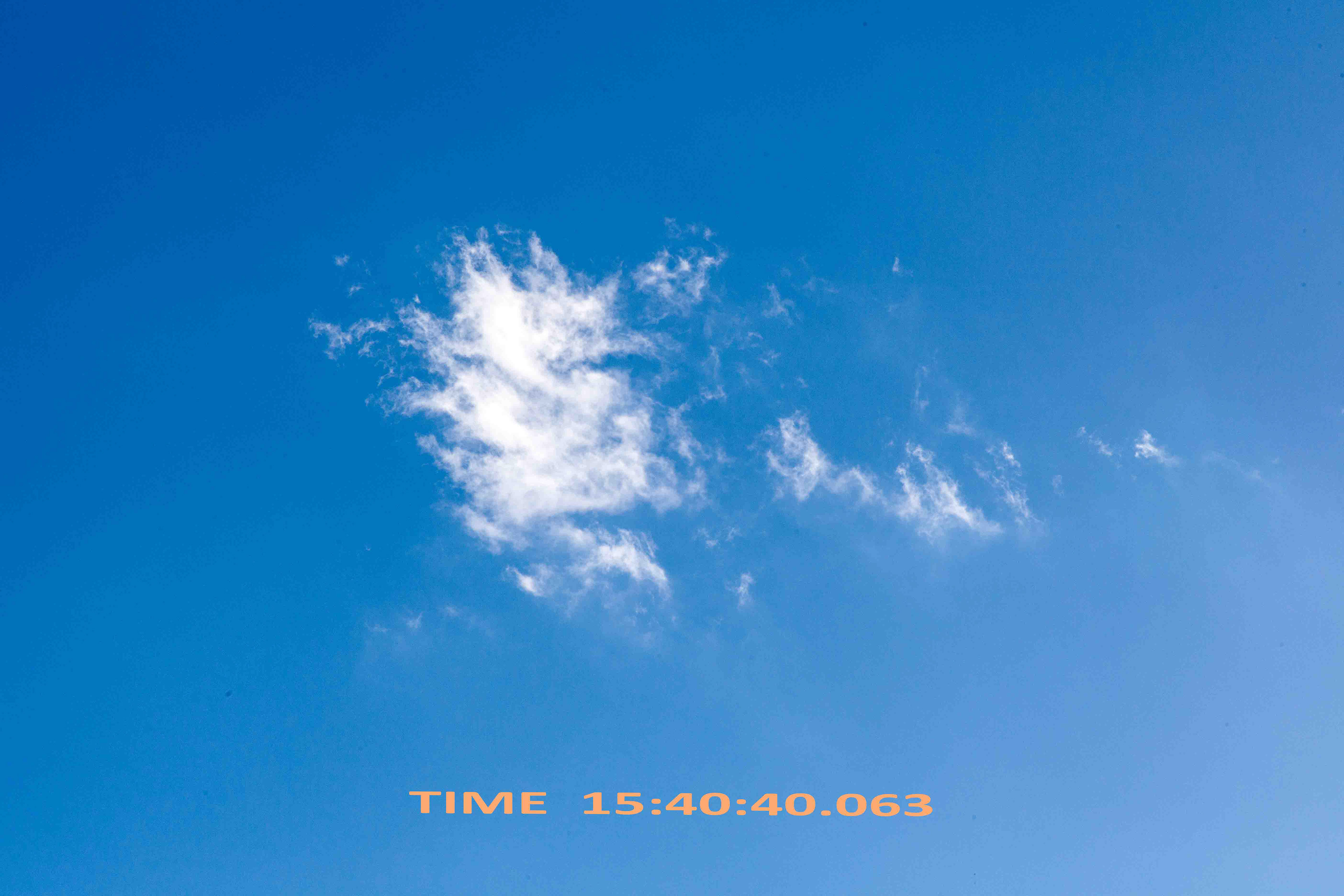
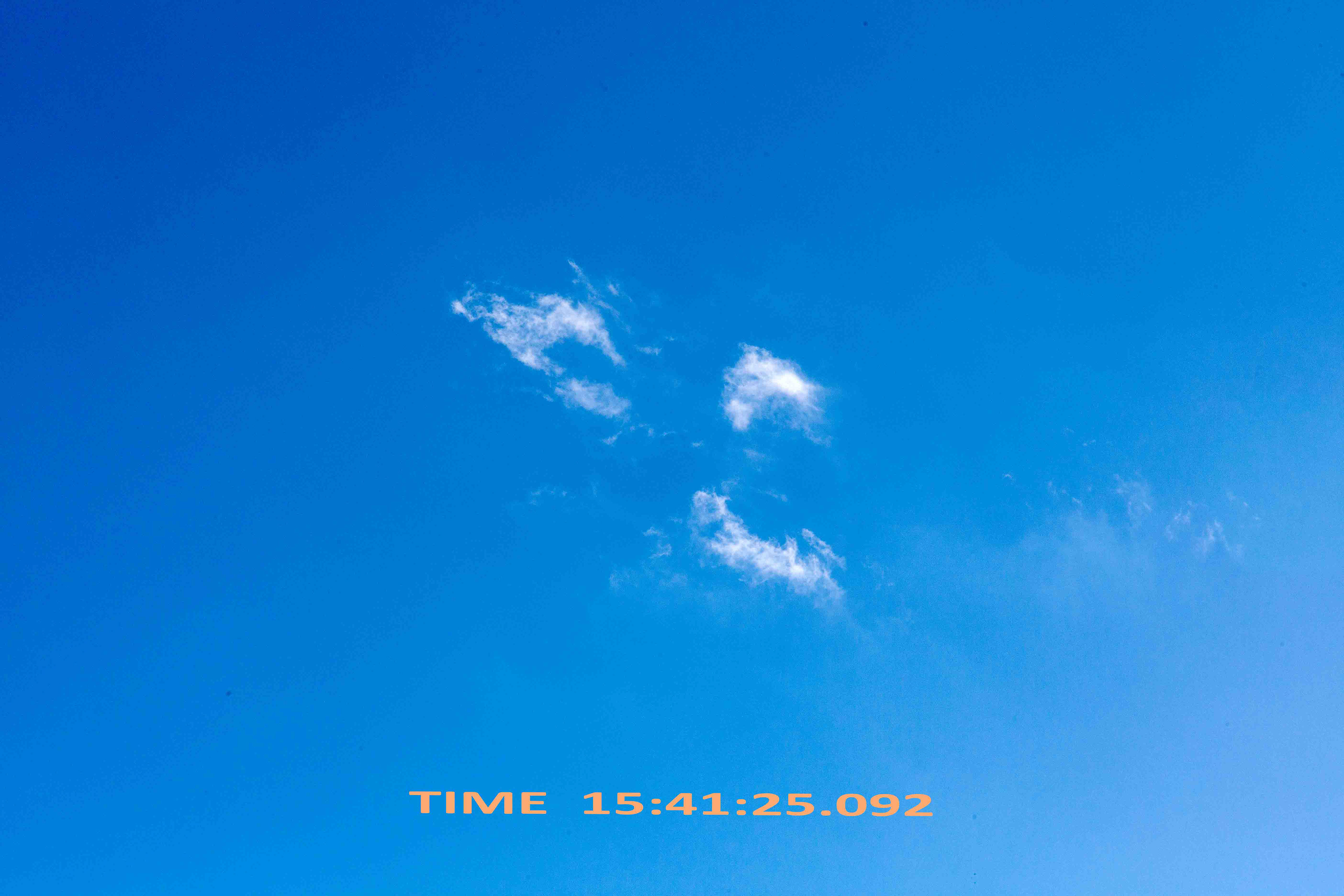

Copyright: Robert Schlaug, Germany
TIME 15:36:27.059
TIME 15:37:45.045
TIME 15:38:16.005
TIME 15:39:06.053
TIME 15:39:54.047
TIME 15:40:40.063
TIME 15:41:25.092
TIME 15:42:34.032
Copyright © Robert Schlaug , all rigts reserved